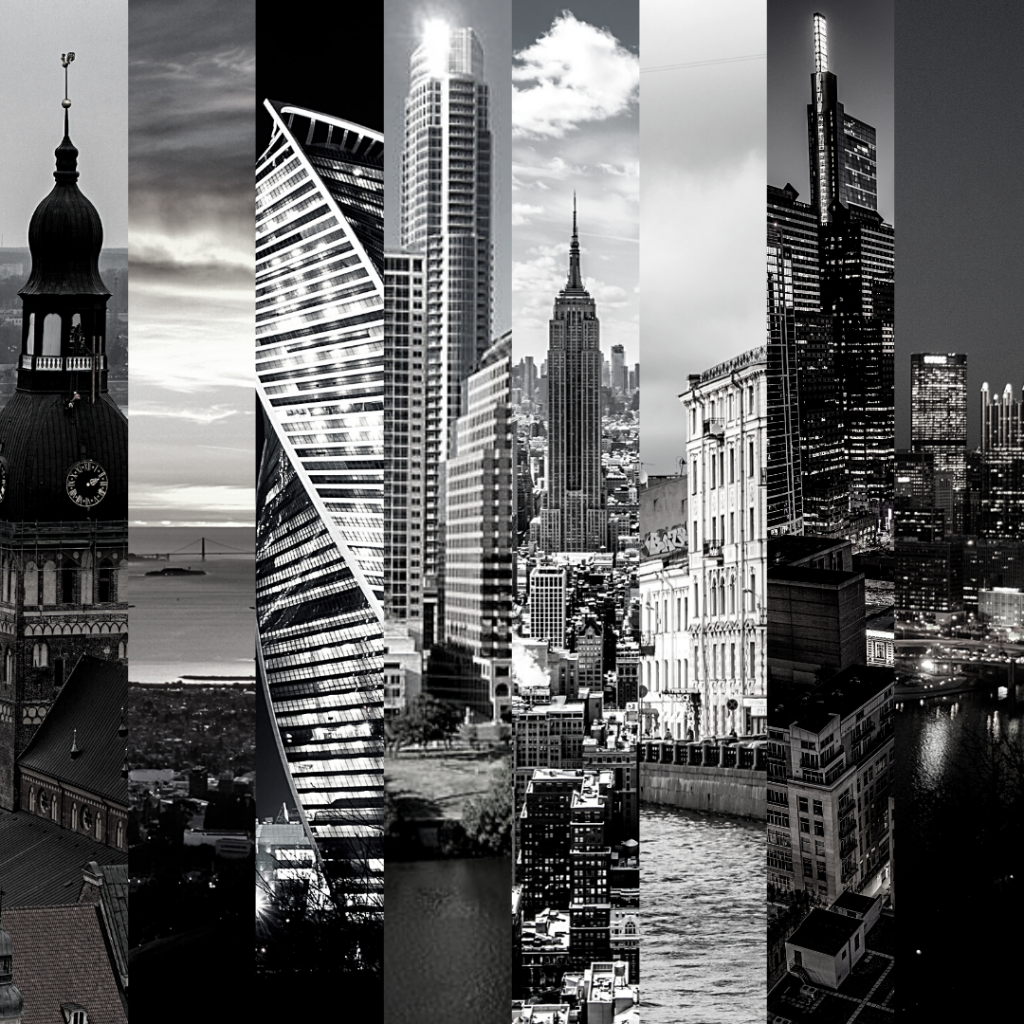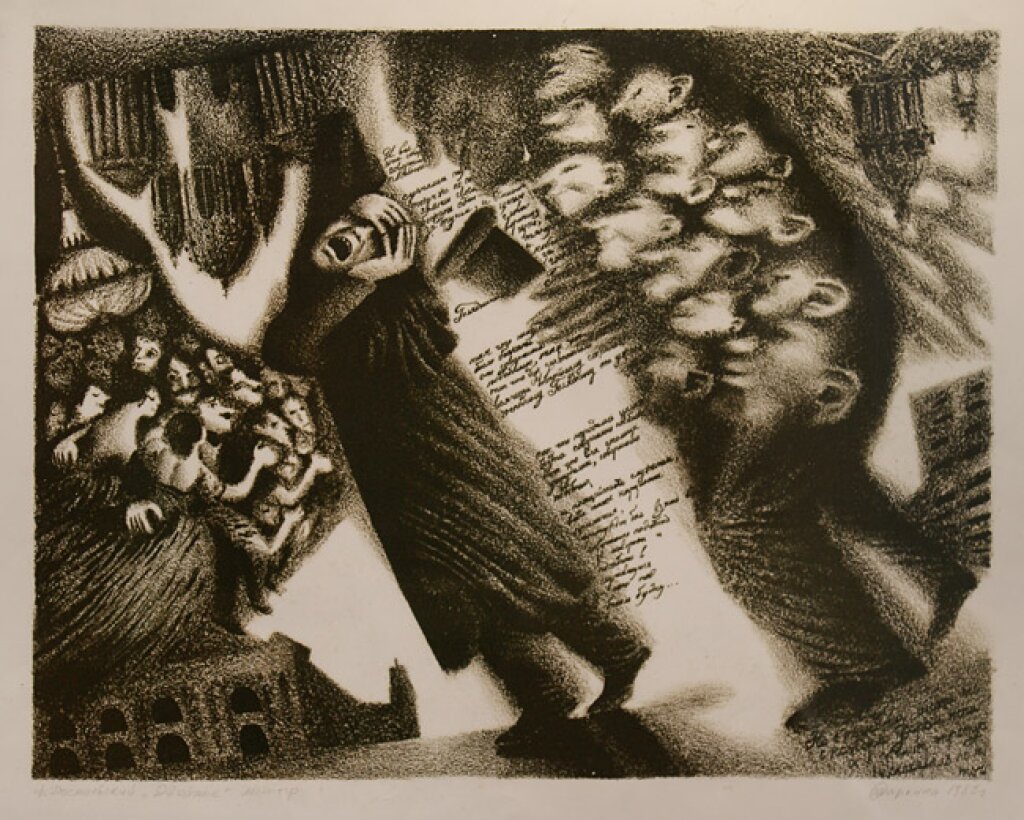Nicole Disser is a graduate student in Russian & Slavic Studies and Journalism at New York University.
What is modern Russia really like? According to Vice journalist Ivar Berglin it’s a vapid capitalist playground for the noveau riche. The Wodka Wars, a 2009 documentary, finds Berglin traveling to Moscow where he immediately makes his way to a glitzy new club. Berglin guzzles plenty of Russian vodka in the company of beautiful gyrating women in a city of incredible wealth and debauchery. However, Ivar didn’t fly to Moscow just to get wasted; rather he was on an ostensibly serious mission to determine the disputed origin of vodka. Apparently Russia and Poland were in the midst of a trade dispute over exclusive rights for the production of the ubiquitous libation.
Though Vice is hardly a reputable publication journalistically speaking (the web channel often turns to sensationalist topics that are sloppily covered), Berglin’s reportage on the dispute is chock full of commonplaces and stereotypes. The origin of vodka is an engaging topic, but unfortunately the documentary relies on several commonplaces while navigating both modern and historical Russia and comes to some seriously unsophisticated conclusions.
Berglin insinuates at several points that modern Russia is a vapid culture of the young and newly wealthy enjoying the spoils of the country’s recent transition to capitalism. His characters are either immoral or ex-KGB caricatures. Moscow culture is portrayed as wholly imitative of the West, and a poor rendition at that. Unfortunately, the Wodka Wars makes use of devices commonly found in Western media portrayal of modern Russian culture.
The perception of Russian nationality as constituting some sort of amoral, imitative void with no past and no future extends far back into history. The commonplace was clearly articulated in the work of 19th century Russian thinker Pyotr Chaadaev. In his Philosophical Letters, Chaadaev expounds upon the philosophical problems of Russia resulting from its complicated history as an oppressed nation both at the hands of foreign powers and Peter the Great. Chaadaev claims that Russia faces immense challenges in consolidating an identity as a result of its history or lack thereof, which in turn, inhibits progress.
Chaadaev’s ideas were incredibly influential and have effectively been solidified as truths to be repeated again and again. These same commonplaces have also been adopted by the Western media. The Vice documentary certainly reflects the perception that Russia is lacking its own, unique culture and the story contributes to a sense that Russian cultural is somehow devoid of morals.
These commonplaces are also found beyond less than sophisticated depictions of Russia. Last September's New Yorker article “Putin’s Patriotism Lessons” by Masha Lipman, reports on the President of Russia’s meeting in Krasnodar with various leaders from all walks of life from the Orthodox Church to the military. Lipman’s article is obviously a serious one, yet it still employs the same commonplaces found in Wodka Wars. Though admittedly they are a bit more subtle.
The article covers the meeting, arranged at the request of Putin, as a way to come up with a defined plan for promoting patriotic education in Russia. In light of increased public opposition to Putin and United Russia, those wishing to maintain the status quo feel the need to consolidate and disseminate traditional Russian values that are supposedly incongruous with the protestors’ demands. But, what are these values? According to Lipman, the conference in Krasnodar had a hard time articulating cohesive values. “It was generally agreed that current efforts to instill patriotism were insufficient and that it should be nurtured more energetically, but the participants were foggy about what exactly this effort should entail.”
Another facet of Chaadaev’s ruminations posits Russia as being “outside of time,” declaring that there existed “no linking of human ideas over successive periods.” This commonplace is echoed in Lipman’s article when she expresses the ‘bizarreness’ of Putin’s attempt to link both Russia’s Tsarist, imperial past with the Soviet era in order to solidify a sense of continual history in Russian patriotic education. Chaadaev perhaps would also have seen this as evidence of his assertion that, “the history of Russia was nothing but a series of illogical breaks with the past.” The government feels it has to intentionally compose a history, and one that reconciles the various revolutions and restarts of the 20th century.
Chaadaev speaks to a collective void in Russia, which is the lack of a collective consciousness. This commonplace is echoed in Lipman’s article when she speaks of the need for a solid value system in Russia. “But if the protesters, with their modern orientation, are bad for Russia and driven by the wrong values, what are the right ones that ‘good’ Russians should be guided by?” Indeed, this is something Putin and attendees of the meeting apparently struggle to codify. Chaadaev would certainly attribute this to the fact that,“there are no rules, no good habits that govern anything.”
Lipman implies there is so little agreement about what defines Russian patriotism that as a result national identity is superficial. “While mixing in some things Soviet, Putin and his government tend to improvise and garnish them with other ingredients. The result is an ideological fusion, hardly functional, and at times truly bizarre.” It seems as though the author views Russian history as a series of contradictory ideological persuasions that render the writing of a cohesive history difficult. Lipman reports that Putin and the government feel the need to codify a narrative because there is a sense that where one should exist, there is simply a void or a set of contradictory, disjointed moments.
Though Lipman enacts these commonplaces, she appears to derive them from her observations of the events taking place. Her product is still informative and dominated by facts. On the opposite end of the spectrum lies the Vice journalist Berglin, who focuses his camera solely on less than tasteful aspects of Russian culture and enacts commonplaces as reflections of the entire society. Berglin’s use of commonplaces demonstrates the potentially damaging effects of such conceptions when they are taken at face value.



